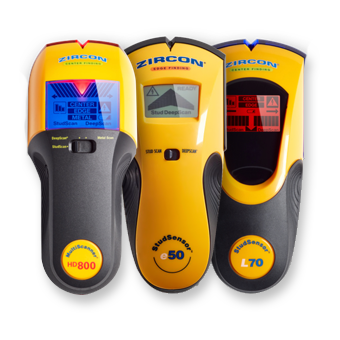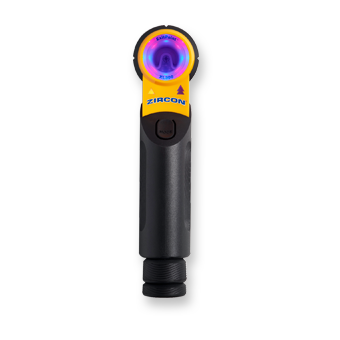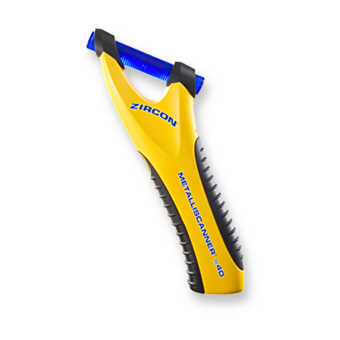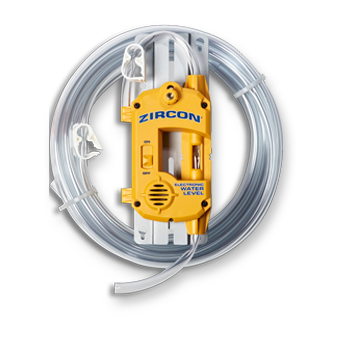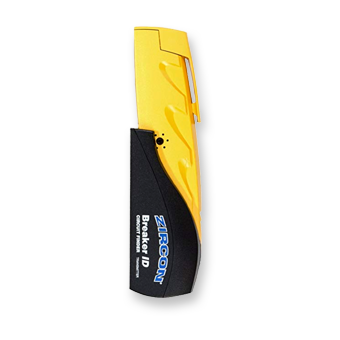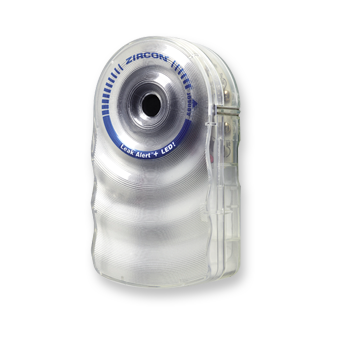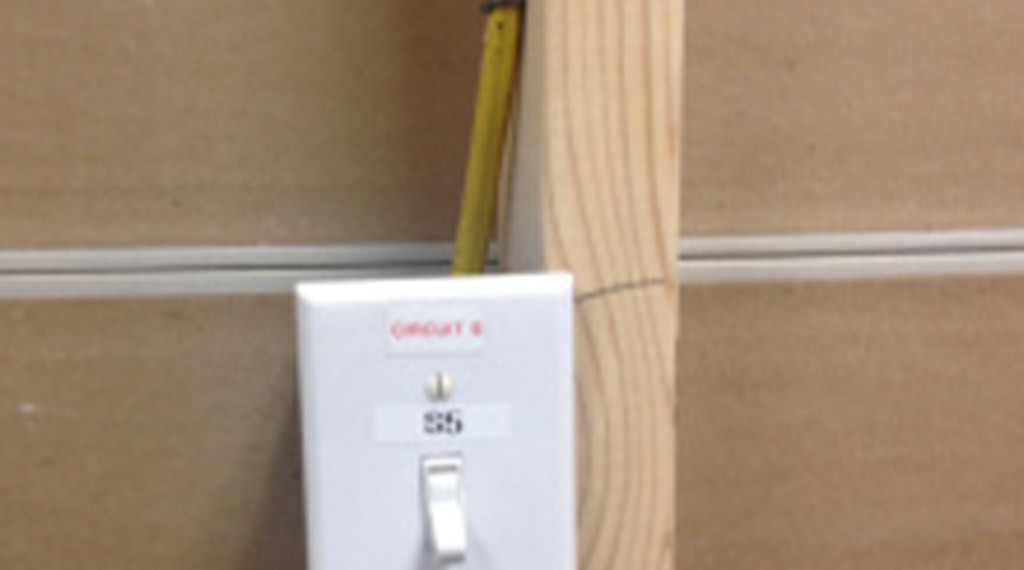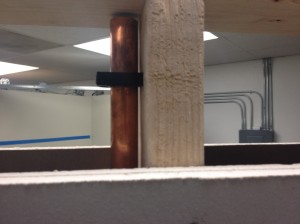From time to time, major home improvement stores invite contractor customers to the store to enjoy complimentary coffee, juice, and a breakfast buffet. Select vendors also set up tables to display and demonstrate their latest tools. As I was performing Zircon demonstrations at one of these events, practically every contractor said he already owned at least one Zircon stud finder. But then two twenty-something year old guys, and one 50ish year old guy who seemed like the boss, and his wife, walked up to the table.

One of the guys had just received a Zircon MultiScanner wall scanner for his birthday, but hadn’t used it yet. I took this opportunity to show him how it worked by using the scanner on our demo wall. I then handed him the tool so he could try for himself. His friend was also interested in the tool and wanted to try it as well. However, when I asked the boss, he said he didn’t need a stud finder. He just knocks on the wall and listens.
Now, the boss seemed like the kind of guy who has more construction knowledge than I’ll ever have. I didn’t want to sound like I was telling him what he should do, so I explained why many people need stud finders. I rationalized, “Yeah, knocking on the wall can work if you’re really good at it…But some walls are a lot harder than others if they’re thicker, and ceilings and floors are tough, right?
“But even with half-inch drywall, the reason so many people use stud finders is because a stud is only an inch and a half wide, so if they miss by just a little, they can end up putting a screw into plumbing or electrical that’s fastened to the side of the stud.”
The younger guys started laughing and chuckled,”How did you know? Dude! How did you know? That did happen to him (the boss) just last week!”
Looking a little embarrassed, but still proud and tough, the boss said, “Yes, Sir, I got zapped pretty good; knocked me on my butt, but by the grace of God, I was back to work the next day, and fishin’ the next evening.”
His wife, (who I guessed runs the business’s office, but didn’t seem to know anything about the minor electrical shock) said, ”Honey, I’m gonna get one of these stud finders, but we can keep it in your truck.” And the boss smiled, and said, “Thanks babe, I love you, too.” And they walked away with a top of the line Zircon MultiScanner Pro SL wall scanner.
That was many years ago, but even today when people talk to me about finding studs by knocking on the wall, I never imply they should stop doing this. Using a stud finder should be done in addition to knocking, not instead of knocking! They should work together. Knocking on the wall is a very quick way to find the approximate location of the stud, but a stud sensor shows you the precise location, so you don’t miss by just a little… which could turn out to be a big problem.
It’s human nature for people to be much more receptive to trying something if they are not also being asked to stop something they have been doing for decades. Pros who swear by their Zircon tools on the job still tend to knock and listen. It’s one more piece of information they can use to help map the wall, and they’ve been doing it for a long, long time.
So go ahead and knock. Use every tool you have to get the job done right: your mind, your knuckles, and your Zircon StudSensor.
Follow us @zircontools, visit Facebook or www.zircon.com for handy information on Zircon’s stud finders, including the MultiScanner Pro SL – This 4-in-1 wall scanner scans for studs, deep studs, metal, and live electrical wiring. The easy-to-read LCD display and SpotLite® Pointing System clearly indicates the edges of the stud.
For a Zircon in the Real World viewpoint, please visit our blog, “When a Wall is Not Just a Wall“.
Note: Photos were taken in a simulated lab environment used for testing and training purposes.
